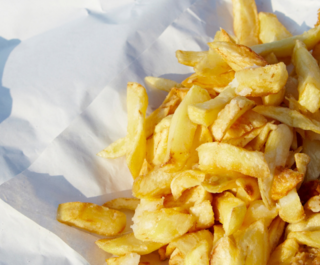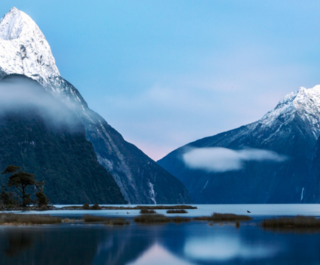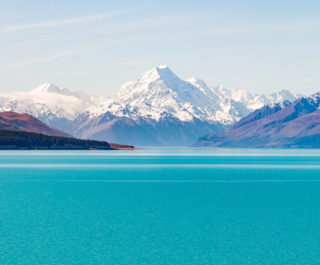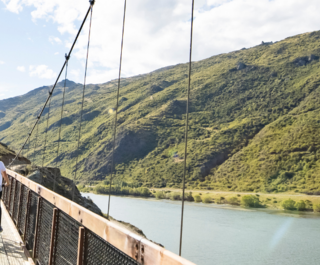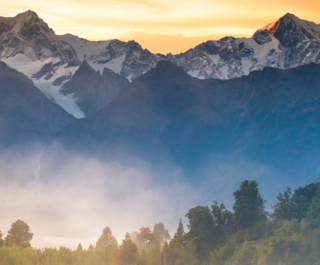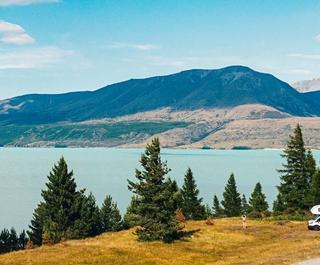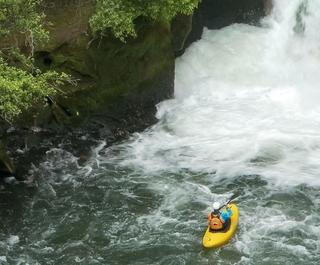
Maori culture is integral to New Zealand life and adds an important element to any holiday in Aotearoa. In fact, Maori legend holds that the North Island was fished up by Polynesian demigod Maui.
The Northland region at its tip is where the ancestral Maori navigators first arrived more than 1,000 years ago. And Northland’s Bay of Islands is home to Waitangi, where the historic treaty was signed between Maori chiefs and the British more than 150 years ago.
Here are a few ways to learn more about Maori culture in the Bay of Islands and beyond.
Bay of Islands
Waitangi Treaty Grounds & Museum of Waitangi
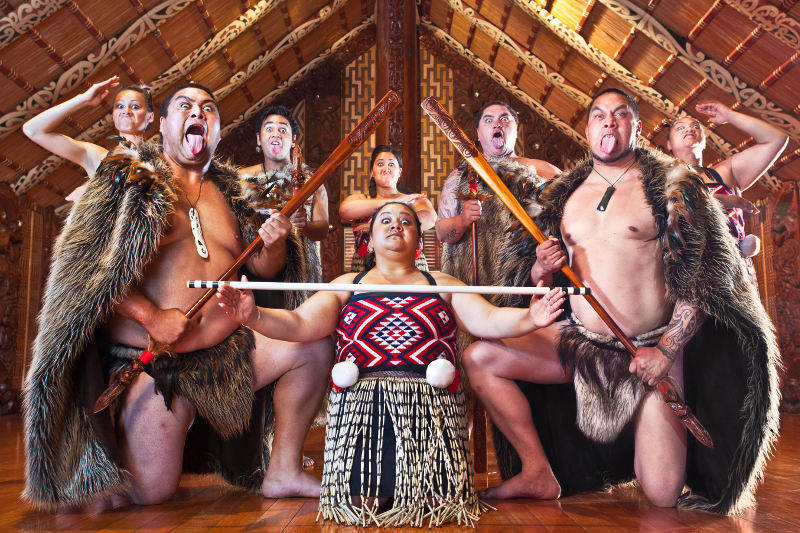 A performance in the wharenui (meeting house) at the Waitangi Treaty Grounds. Image: Northland Inc Tourism
A performance in the wharenui (meeting house) at the Waitangi Treaty Grounds. Image: Northland Inc TourismThis is where the Treaty of Waitangi was signed between more than 500 Maori chiefs and the British Crown in 1840. Visit the Treaty House to see a replica of the original treaty, see one of the largest Maori war canoes in the country, discover the intricate carvings of the Maori meeting house, take a guided tour, or watch a traditional kapahaka performance. Hangi and concert evenings are a highlight. The site also has beautiful views of the Bay of Islands.
Waitangi River
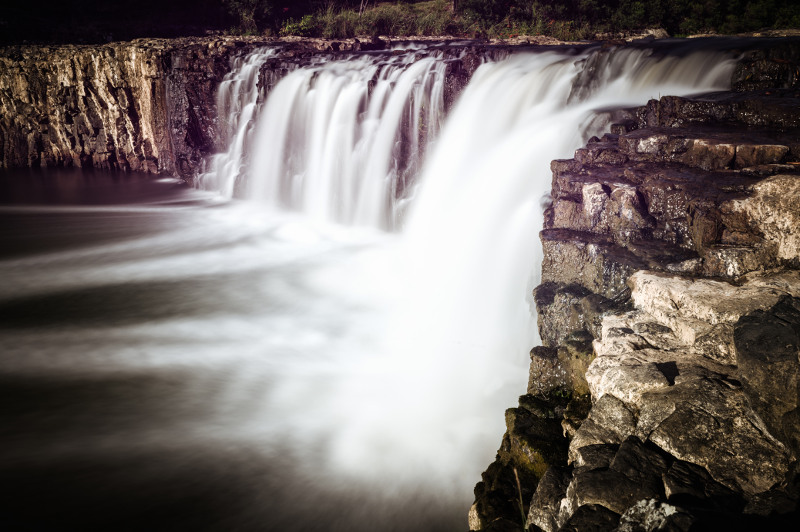 Haruru Falls on the Waitangi River are a sacred place. Image: Getty
Haruru Falls on the Waitangi River are a sacred place. Image: GettyNew Zealand’s largest tribal Maori Group, the Ngapuhi, offer cultural trips, paddling a 12-metre Waka Taua (war canoe) along the Waitangi River, sharing their stories and ancient histories. Learn traditional paddling techniques, visit the sacred Haruru Falls, stop in a marae (Maori meeting house) and spot wildlife along the way.
Urupukapuka Island
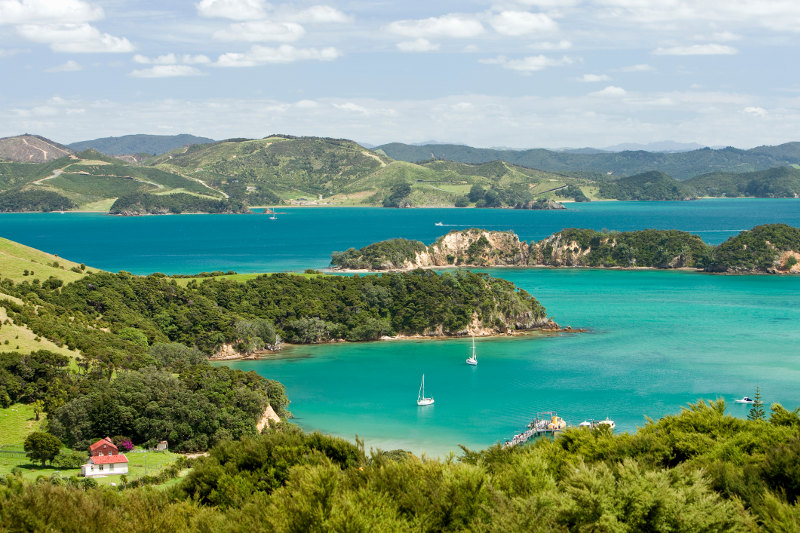 Urupukapuka Island is an idyllic spot for hikers and history lovers. Image: Getty
Urupukapuka Island is an idyllic spot for hikers and history lovers. Image: GettyThe largest of the 140 islands in the Bay of Islands, Urupukpuka Island was settled by the Ngare Raumati tribe, one of the oldest in the area. Take the 7.3-kilometre archaeological walk, visiting 1,000-year-old Maori sites, including a headland pa (fort). You can book a Maori experience on the island, where you will be greeted by a powhiri (welcoming ceremony), and enjoy cultural workshops, and traditional food. The island also features wonderful beaches, great snorkelling and kayaking, plus a restaurant and bar.
Further Afield in Northland
Hokianga Harbour
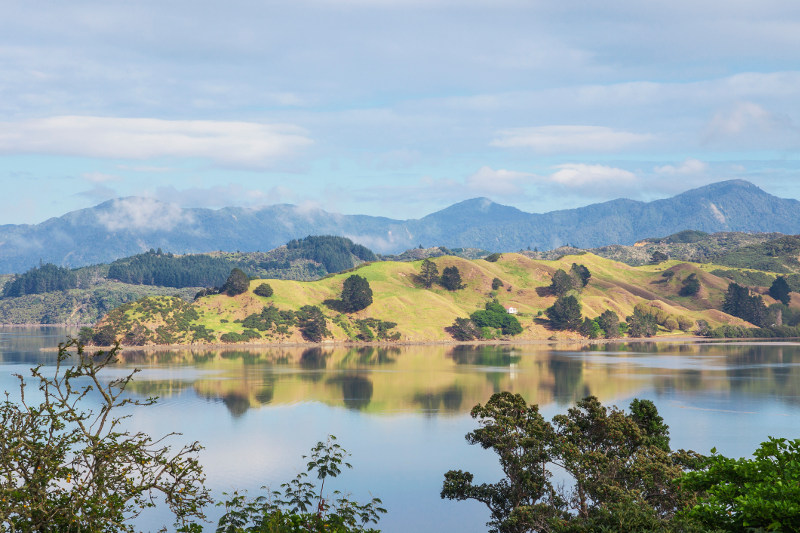 Hokianga Harbour is reputedly where the Maori ancestors first landed. Image: Getty
Hokianga Harbour is reputedly where the Maori ancestors first landed. Image: GettyHokianga-Nui-A-Kupe means ‘the place of Kupe’s great return’. Kupe was believed to be a Polynesian leader, and he and his people were the first to arrive in New Zealand, landing at Hokianga Harbour in his war canoe. It is said that taniwha (sea monsters) still guard the harbour entrance.
Waipoua Forest
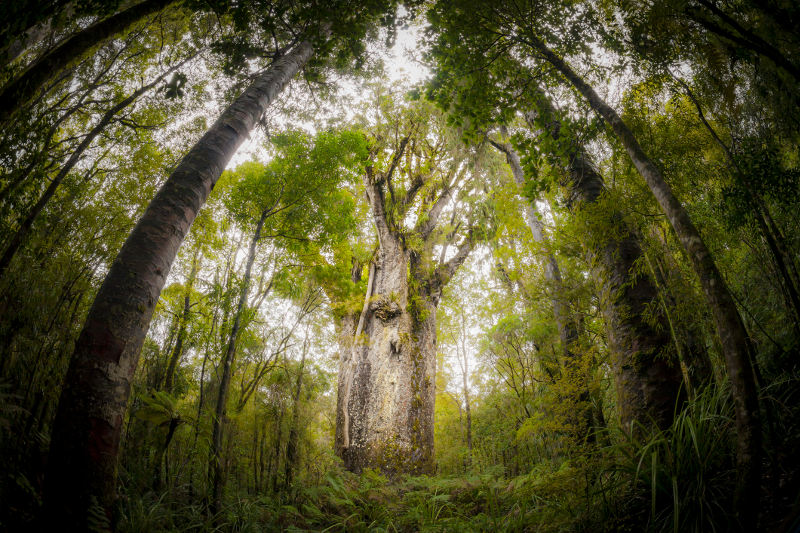 The Father of the Forest, Te Matua Ngahere, abide in a sea of green. Image: Getty
The Father of the Forest, Te Matua Ngahere, abide in a sea of green. Image: GettyDiscover the 2,000-year-old giant kauri tree Tane Mahuta – the country’s largest – known as The Lord of the Forest. Nearby is the even older Te Matua Ngahere, or Father of the Forest, which is believed to be 2,500 to 3,000 years old.
Cape Reinga
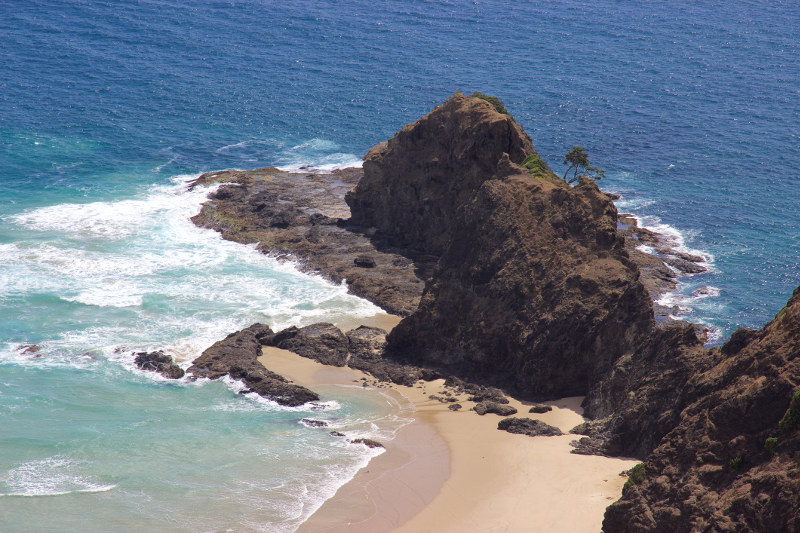 Cape Reinga's sacred pohutukawa tree marks the beginning of a spiritual journey. Image: Getty
Cape Reinga's sacred pohutukawa tree marks the beginning of a spiritual journey. Image: GettyAt the top of the North Island is Cape Reinga, where the Pacific Ocean and Tasman Sea collide in an amazing swirl of currents, and where Maori spirits begin their final journey. Here you will also find an 800-year-old pohutukawa tree from which, legend says, deceased Maori leap into the ocean to return to their ancestral home.


